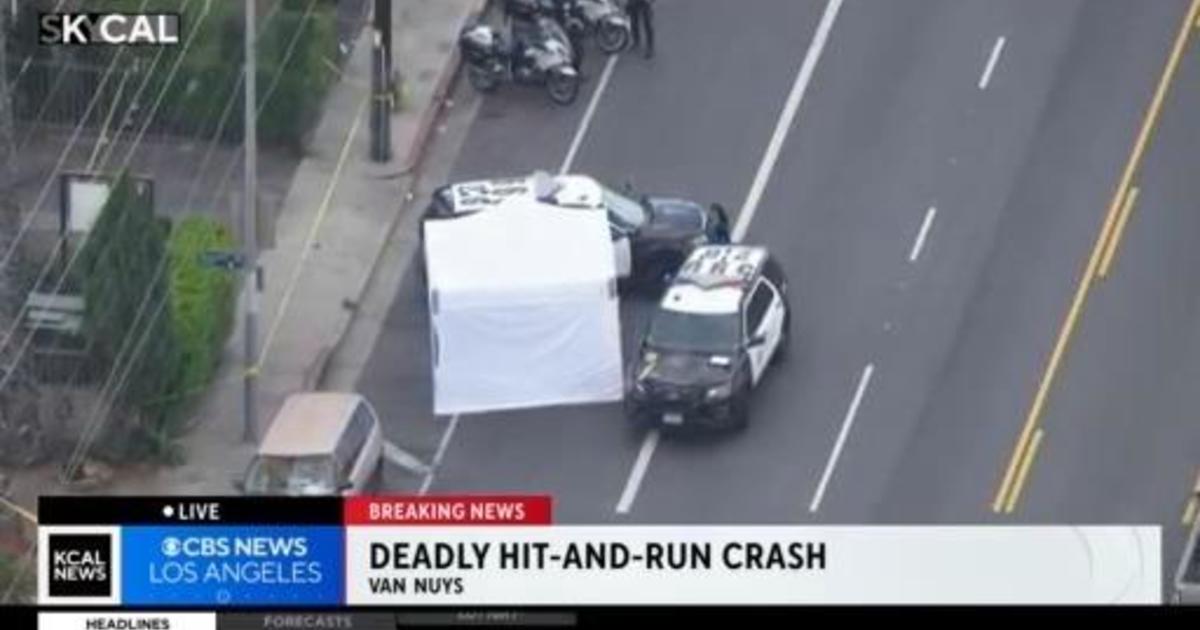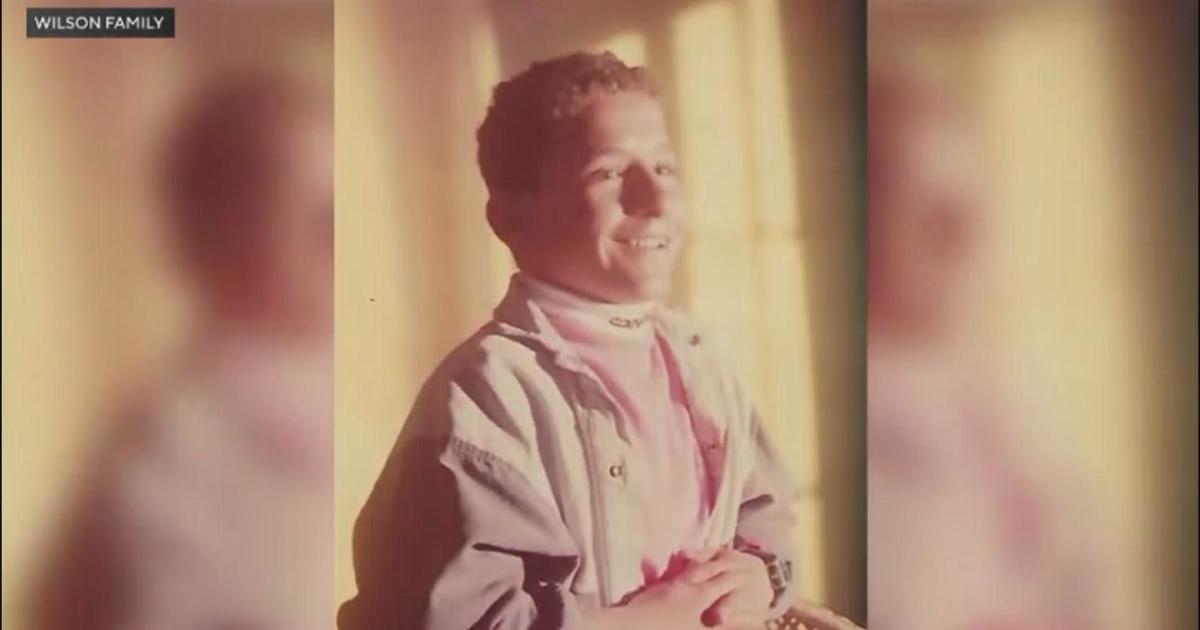An Up-Close Look At U.S./Mexico Border Where Trump Proposes To Build Wall
LOS ANGELES (CBSLA.com) — It's a close-up view of the border that only a few can get. But CBS2's news team was granted access to the highly restricted, non-public roads along the United States-Mexico walls of fencing to see what exists and what may change.
Agent James Nielsen has patrolled the border along San Diego County for eight years.
"Historically, we've had a lot of smuggling through this area. We have agents responding on both sides of the fence - both here in between the two primary and secondary fence and also on the north side as well," Nielsen said.
The primary fence is closest to Mexico. "After the primary fence, we have our all-weather roads. We have our stadium lighting. We have remote video surveillance towers, cameras that are manned 24/7. And then we have a secondary fence in this area here. What groups will do is they'll try to ladder up and over the fence or they'll try to cut through the fence," the agent said.
Over the past year, agents have found 550 cuts all along the border fence. The majority of the 60-mile border along San Diego County has only one layer of fencing. Only 13 miles have two layers.
"There are a lot of areas, especially once you get further east where there is no fencing," Nielsen added.
From the top the mountains, one can see the fenced wall border that's already in place. But there are portions of it where it completely cuts off.
"The mountain area we're working is about a 12-mile section of the border, and a lot of it is fenced, but not all of it," said U.S. Border Patrol Cdr. Matthew Dryer, who drove CBS2's Jennifer Kastner and her photographer to the top of the Otay Mesa mountains east of San Diego.
The land is dangerously rugged and steep. Yet it has become one of the busiest spots for crossing, which prompted Dryer to launch a special task force last October. His agents have already made close to 1,000 arrests since then.
"I think the alien smugglers believe that the lack of infrastructure and roads that they have a chance to get across the border," Dryer explained.
Little is known about how President Donald Trump could build a physical border spanning the harsh terrain.
Pedro Rios is the director of the American Friends Service Committee's U.S./Mexico Border Program that works to secure the rights of immigrants.
"Another wall would be overkill," Rios said. "We have seen border wall infrastructure for the past 20 years, and it really has caused a human rights catastrophe. We've seen the migration flow go towards the deserts and the mountains which has led to an increase of deaths as well as people who try to cross into the U.S. through the oceans."
Roberto Hererra, who owns a market along the border, said a new wall is not necessary.
One proposal for funding the wall is to tax Mexican imports, which Hererra said will hurt his business and others in the area.
Rob Luton is an immigrant policy analyst and spokesman for San Diegans for Secure Borders. He is also a Trump supporter, who advocates building a border wall, at least in urban areas.
"It's one of many strategies that ultimately we have to implement to bring back integrity to our immigration system," Luton said.
He believed the wall can be paid for by taxing remittance - the money foreign workers in America send back to their home countries.
"An enormous amount of money - millions and millions of dollars - are sent back. It's money that's earned here. Some cases, it's people working illegally in the country," Luton explained.
While the president has claimed the wall could stand at least 55 feet above ground, it remains to be seen what will be done below ground.
On Tuesday, Kastner will take a look at a series of tunnels that connect the United States and Mexico.



